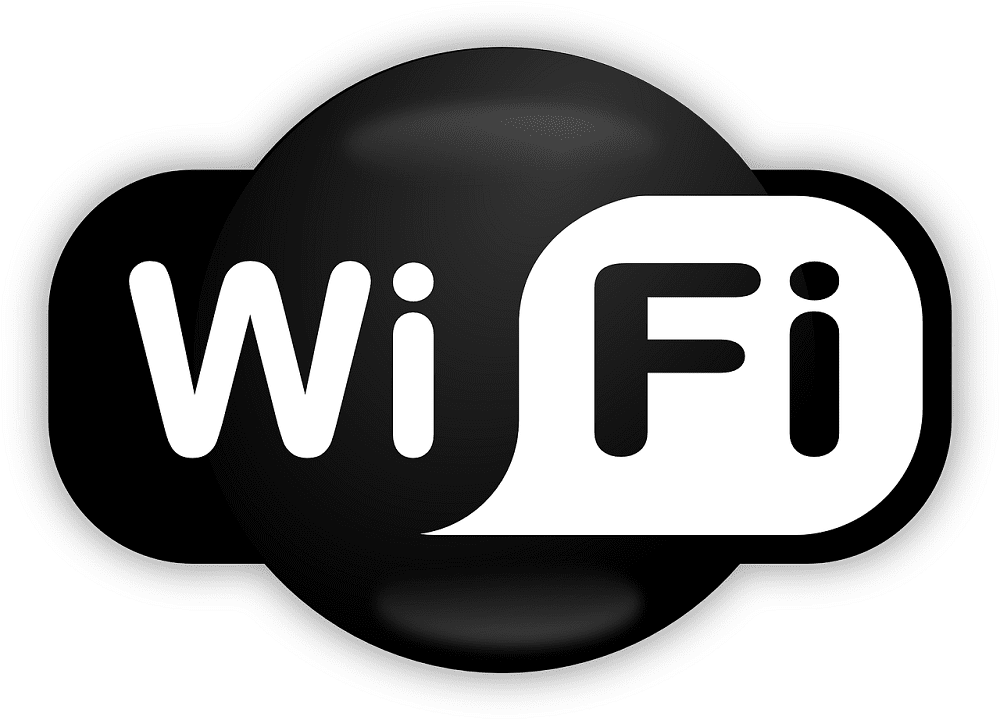In today’s world, it is pretty standard for everyone to own a wireless network connection. The router’s wireless access point has a link to a channel, which connects your device to a wireless Wi-Fi network.
If you live in a densely populated area, you must be pretty accustomed to the frequent network timeouts, disconnection issues, or an overall weak internet connection.
The leading reason for this problem is the large numbers of people trying to connect with a single server.
This causes an overload of wireless devices connected to the same channel.
To avoid this, the best method is to connect to a channel with no or a few users. This can significantly help in network speed.
This article is supposed to guide you to find the best and most suitable channel for your router. So let’s get started.
1. Analysis of Wi-Fi Network:
To understand the concept better, we have to follow a few aspects of your Wi-Fi network. Wi-Fi frequency bands are fundamental aspects when it comes to the interface.
2. Wi-Fi Frequency Bands:
Most modern Wi-Fi routers are capable of broadcasting on two different broadcasting bands: 2.4GHz and 5GHz. We are more or less familiar with these digits from our Wi-Fi.
- Both of the frequency bands have their own merits and demerits. Comparatively, 2.4GHz networks have much higher ranges than 5GHz systems, which can be up to 410 feet with an 802.11n router.
- 5GHz networks are, however, more efficient when it comes to internet speed. 2.4GHz networks are not ideal for streaming when the required internet speed is fast and robust.
- 5GHz networks are much more extensive when it comes to handling high speeds. They’re best suited for handling works that require high-speed demand. Also, they’re less likely to get interfered with other devices like microwaves and cordless phones.
- But when it comes to broadcasting from a far distance, 2.4GHz networks are much better suited than 5GHz networks. 5GHz networks can be taken advantage of only at 230 feet with an 802.11n router.
Moreover, many of the older devices cannot use a 5GHz network because of Wi-Fi adapters made before the 5GHz network came into existence. They can only connect to 2.4GHz networks.
3. Wi-Fi Frequency Channels:
Multiple smaller bands exist within each frequency band. They’re known as channels. Every channel occupies a part of the main frequency band. To understand the concept of the channel, let us take an example. Channels are like lanes of highways, and they all go in the same way, the more the pathways exist, the less the traffic will be.
The numbers of channels vary from country to country. Some countries have higher channel numbers as compared to others.
The exact numbers of %GHz channels accessible for us depends on our routers. To use the 12 of the channels, routers must include the dynamic frequency selection (DFS). DFS is responsible for preventing the router from interfering with weather or military technology, which uses the same frequencies.
2.4GHz channels range from 1 to 11, and 5GHz channels range from 35 to 165. However, not all the channels between the two numbers are available.
4. Wi-Fi Channel Overlap
When we say overlapping in Wi-Fi channels, we mean that one channel can potentially slow down or interfere with the other channel’s traffic.The overlap happens in an interval of five channels, the selected channel, and the two above and below it. For example, channel 5 can tend to overlap with channel 3-7.
To avoid distress, it is recommended to select channels 1, 6, and 11, if possible. Most of the routers, by default, are set up to use these three non-overlapping channels. Although the other channels are present, they’re generally not used because of the overlapping.
This phenomenon, however, occurs in only 2.4GHz network channels. 5GHz channels are built to not overlap with one another. So when switching channels on 5GHz networks, we can select any channel of our choice.
5. SNR or Signal-to-Noise Ratio:
Signal-to-Noise Ratio or SNR determines the strength of the Wi-Fi connection.
SNR is a combination of two factors- Received Signal Strength Indicator (RSSI) and Noise (commonly known as Noise Floor).
RSSI can be described; it is the measurement of the Wi-Fi connection’s base strength without any interference. It is always shown as a negative number. It’s more durable when it closer to zero.
Noise can be regarded as a measure of interference. The interfering network often comes from sources like other networks, electronic devices, household appliances, etc. The Noise value is also shown as a negative number. The furthest is the number of Noise from zero, the better. It is recommended to calculate our SNR, both before and after changing our Wi-Fi channel.
Conclusion
You can start off by logging into the WiFi panel of IPs like 192.168.1.128 and then proceed with your find. Hopefully you are now equipped with ways to use your wifi in the best and most efficient way.

As the editor of the blog, She curate insightful content that sparks curiosity and fosters learning. With a passion for storytelling and a keen eye for detail, she strive to bring diverse perspectives and engaging narratives to readers, ensuring every piece informs, inspires, and enriches.










